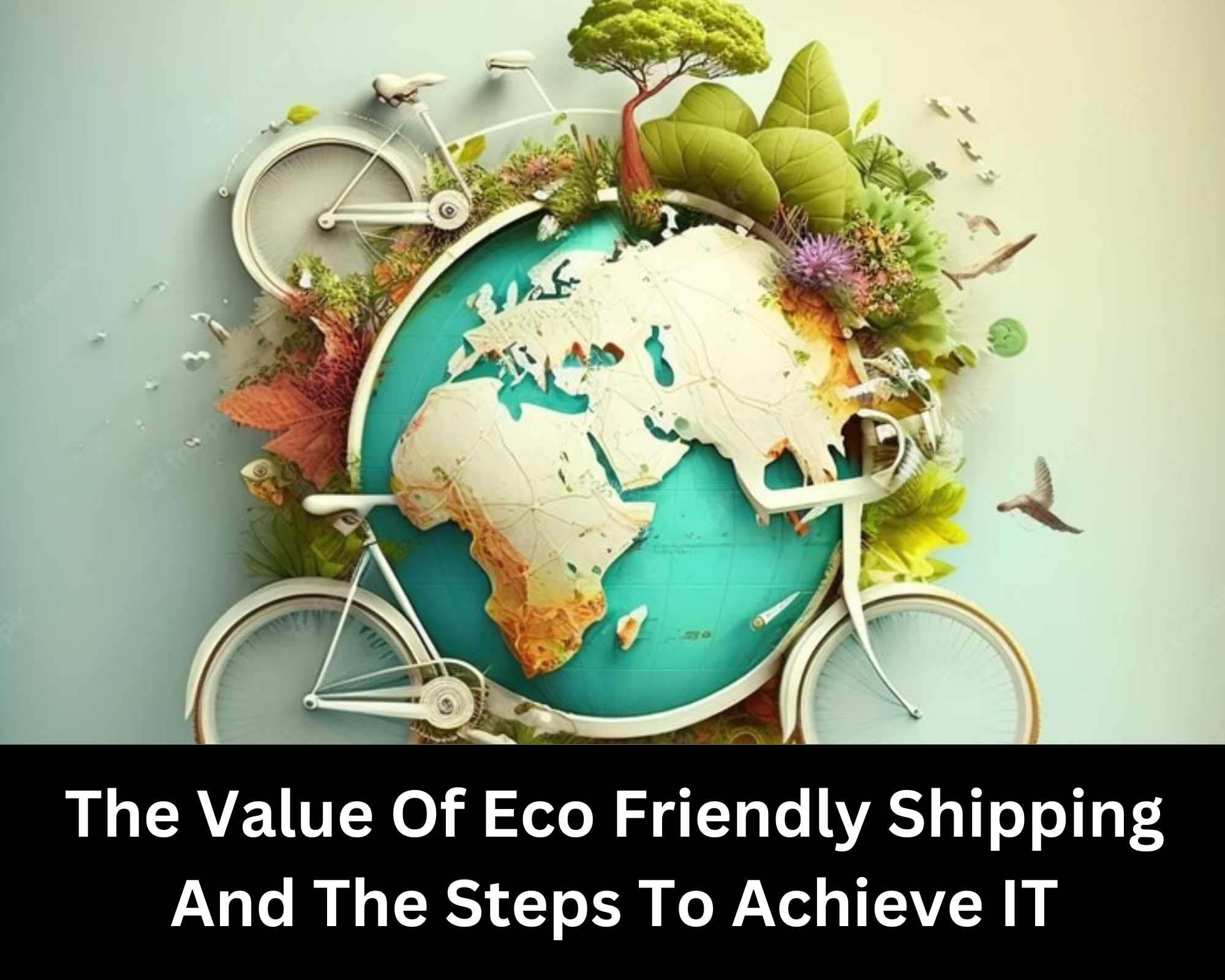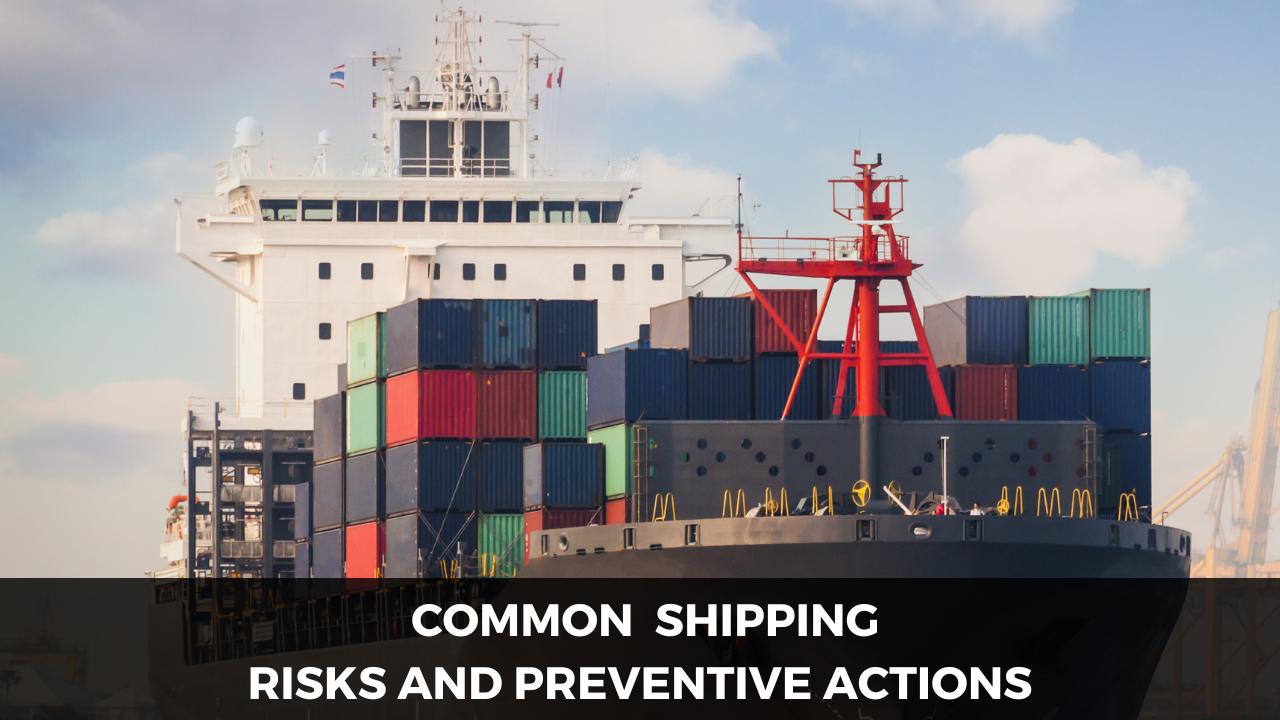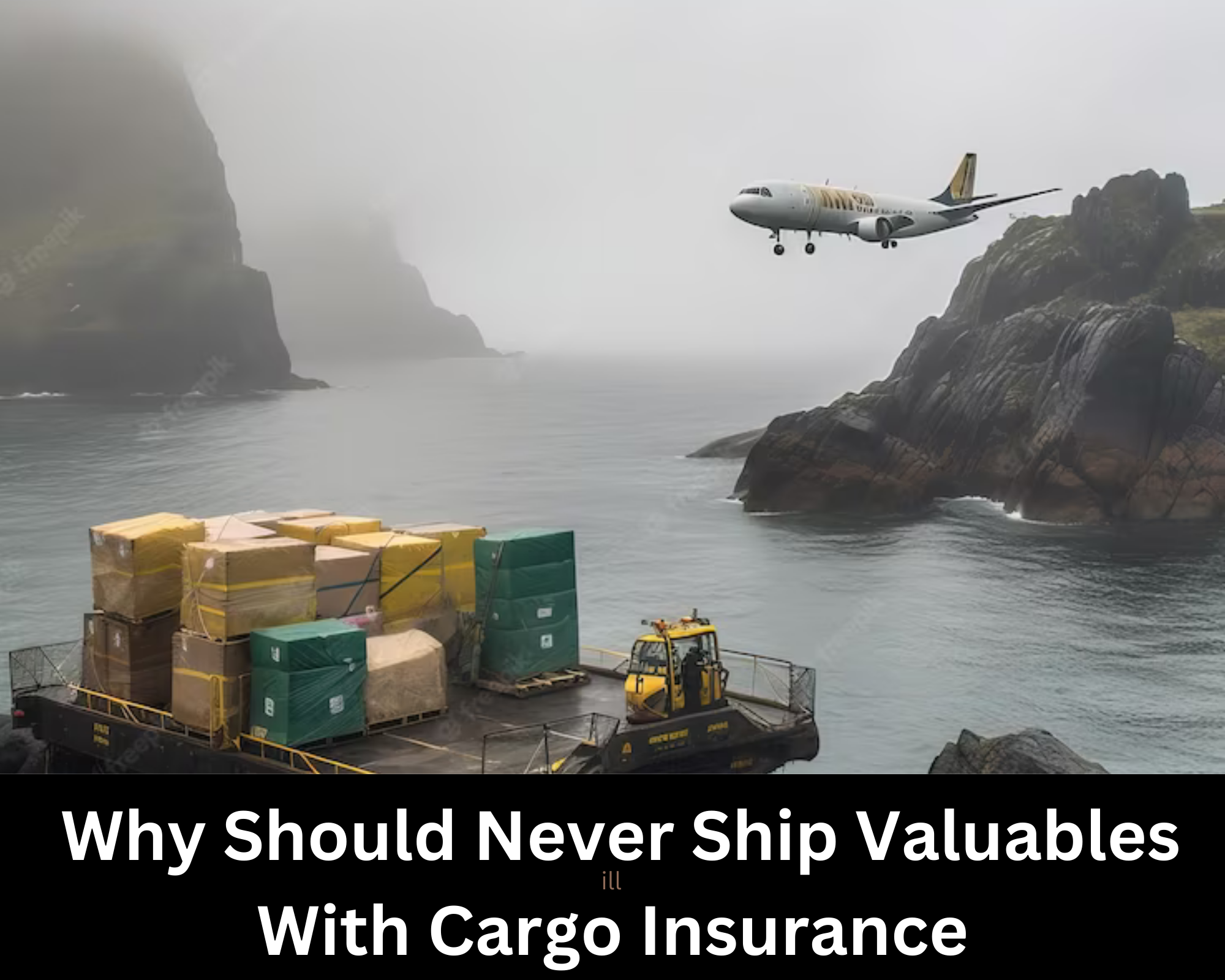
It is almost a given that your products will need to pass through customs clearance in order to be released when they are delivered to another country. It may appear complicated, particularly if you’re working with a foreign language and aren’t familiar with the laws of that nation.
You’ll be able to decide on custom costs more effectively if you have a better understanding of how customs clearance operates. There are four stages to the customs clearance process:
- Pre-clearance
- The border is cleared
- Entry and product inspection
- Procedures for Post-Clearance
Incoterms
The Incoterms are a vital standard when talking with your business partners because of their extensive use. They are often used by importers and exporters all around the world to provide transparent reporting and prevent expensive misunderstandings. These situations may be crucial to a company’s operations since, in the worst scenario, a misinterpretation could result in losses or delays in money. Knowing the guidelines for your favourite Incoterms is crucial, for this reason. The likelihood of running across unique circumstances increases when you consistently engage in international trade. In certain situations, original interpretations might be useful.
Clearance of Customs for Export
Working with a freight forwarder who has established connections with customs clearing agencies throughout the world is the first step in ensuring the prompt and economical clearance of your export goods. To ensure the release of your consignment, the freight forwarder will submit the required paperwork to import and export authorities on your behalf.
An export clearance that is successful can be ensured with the right documentation. The required paperwork is given to the brokers by the shipper. And the broker gives customs a complaint form. An formal certificate of clearance to export (such as an ATA Carnet) will be issued to you if the customs office accepts your documentation and approves release.
In order to determine if exportation complies with national and international rules, customs agents may conduct physical inspections or examine supporting documents. Before clearing it through customs, they might, for instance, demand that the products and containers be inspected or that its use be demonstrated.
Which Products Are Regulated by the Government?
To guarantee that products satisfy certain criteria, the government must regulate them:
- Products with both civilian and military uses are subject to government control for export. Manufacturing products, technical parts for machinery, software, and technology are among these. Exporting certain goods may be outright outlawed in some nations.
- Many nations impose import limitations on agricultural items. It is done to avoid having a detrimental impact on their economy.
- Excisable goods are subject to a unique system of import duty, with certain alcoholic beverages and tobacco products attracting high anti-dumping duties.
Having to pay customs fees
It might be challenging to import products into a foreign market. How much you should budget for this process and if a product is exported depend on a variety of circumstances. The marketability of your products, for instance, will also be determined by regulations governing shipping, customs, and taxes. In addition, before a product may be promoted here, the country’s customs board must approve it. Therefore, you must become knowledgeable about the rules that apply to both operations whether you wish to import or export products.
Customs officers must declare all commercial products, and taxes will be assessed at the rate determined by the tariff classifications for that particular product. In general, import tariffs must be paid by the importer of record, but only if they also pay any sales or excise taxes. Anti-dumping fees may occasionally be imposed on products with prices that are significantly below their marginal costs of manufacture.
Haulogis Group, a top international provider of forwarding and logistics services, manages all customs paperwork, clearing, and in-country transportation. Our extensive array of services, which cover everything from ports and terminals to warehouses, airports, and transit hubs, will guarantee that you get the most out of your global supply chain. In order to resume business, it means quicker service and delivery.







